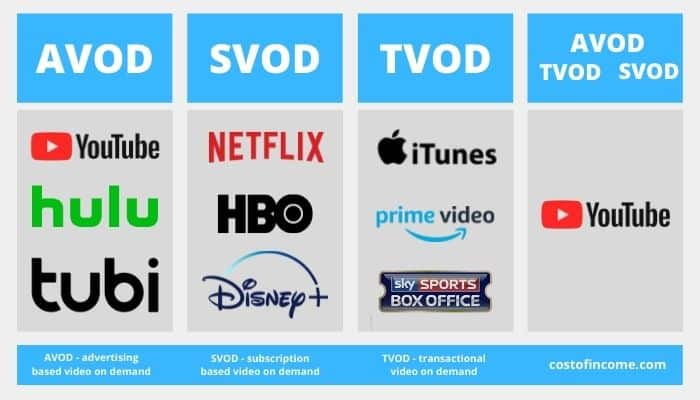Distribution Research:
What is Distribution?:
Distribution is the process of making a film available to the public, defining how and where it can be viewed.
Common Distribution Channels:
Distribution Companies:
-Distribution companies want films to reach audiences.
-They ensure that global audiences have the means to view the content on several different platforms.
-They do everything from negotiating deals to handling marketing, promotion and publicity relating to the film.
- These companies will have connections with streaming platforms and movie theaters, and will thus be very experienced.
-However, they are less likely to take on new Indie projects over established producers and studios who have been successful in the past, as there is less risk involved.
-They can be expensive to hire.
-Nowadays, distribution companies are less important, and there is more of a focus on self-distribution, and the filmmaker's ability to sell the film.
-They can pay a few thousand up to a few million dollars for a film, the amount depending on the film's population, the salability of the actors, production and marketing costs, release fees, investments, and so on.
Online Platforms:
-Through online platforms such as YouTube and Vimeo, the film is able to reach a wide audience.
-Difficult to create a buzz unless the film already has a large following.
-This platform is less likely to generate a high revenue
-There are Third Party Aggregators that specialise in film distribution for video-on-demand platforms.
-They deal with encoding, packaging, and delivering films, as well as submitting them and brokering deals.
-They too are expensive, and may ask for part-ownership of the film
-If one was to sell their film to a streaming platform, it would require a lot of effort and research. The filmmakers would have do conduct research, and have an intimate knowledge and understanding of their audience, competitors, as well as the film's potential position in the market. This is all required to make the platform and investors feel secure in their decision.
-One can retain full ownership of their film
-This option gives more control to the filmmakers
In which rights are split among distribution partners, whilst the filmmakers retain the right to sell DVD's and digital viewings of their film online.

-It can be expensive, however one can generate a reasonable sum of money if sales are good.
-There is no guarantee that many people will come watch the film, thus a large following is vital to make this option worthwhile.
-There are special theatrical servicing companies that specialise in booking, advertising, promoting, and collecting tickets.
-Such services can be costly, but are extremely helpful as they have professionalism and experience.
-There are other options other than mainstream theaters, such as independent theatres, once-off screenings, and virtual theatrical screenings.
-A good run at a film festival can attract attention from distributors, increasing the film's chances of being screened at a theater.
-If utilised in the correct way, film festivals are a good opportunity to create a buzz around a film.
-Can be a launching pad for the distribution process, leading to potential deals with large distribution companies.
-If done wrong, it can harm the film, and limit future distribution possibilities.
-A film festival is a good opportunity to establish connections with critics, distributors, colleagues, executives, and the general public for future projects.
-It is a good way to see how audiences are responding.
-Winning awards can be beneficial to the distribution process.
-It would be ideal to create a website containing information about the film and its production
For our film, the best option would be to self-distribute the film, and upload it on a free VOD platform such as YouTube and/or Vimeo, as it costs no money to do so, unlike other distribution options, and can gain our indie film a wide range of exposure. To further the market for our film, we can add closed captions in several different languages, to audiences around the world are able to enjoy our film. In addition to this, we can promote our film through social media, uploading snippets of information on the production process, and show trailers and teasers to gain a following.


